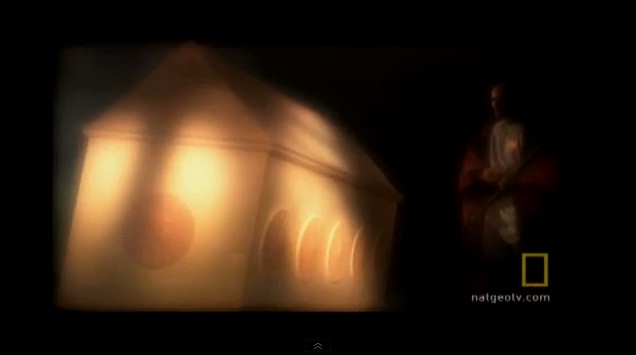Israel’s largest-ever archaeological exhibit shines light on King Herod
The Israel Museum is putting the finishing touches on a huge exhibit about the life and architectural legacy of the controversial King Herod the Great, while the Prime Minister’s Office and the Israel Nature and Parks Authority are planning to build a gigantic recreation of his tomb.
The exhibit, which will open in a month, is touted as the largest archaeological exhibit in Israel’s history, with tons of finds brought from Jerusalem, Herodium and Jericho. Statues have also been brought from abroad to show Herod in the context of the Roman Empire, under whose aegis he ruled.
The masterpiece of the exhibit will be the reconstruction of the first floor of his tomb – the stones for the reconstruction alone weigh 15 tons – and the reconstruction of the sarcophagus (stone coffin ) in which he is presumed to have been buried. The sarcophagus was found at Herodium, southeast of Jerusalem, in 2007.
The museum has also rebuilt part of the royal theater found at Herodium for the exhibit and reconstructed the throne room of his palace in Jericho. The museum laboratories have been reconstructing thousands of pieces of frescoes and mosaics.
The exhibit, curated by David Mevorach and Sylvia Rosenberg, and which has been in preparation for three years, will cover one dunam (a quarter of an acre ) of the museum.
Meanwhile, as announced last week by cabinet secretary Zvi Hauser, Herod’s tomb is to be reconstructed at Herodium, near its original location, as part of the government-sponsored heritage program. Unlike the reconstruction at the museum, the tomb at Herodium will be rebuilt using new materials and will be more of a tourist attraction than a scientific model.
Such a reconstruction is very unusual in Israel – or anywhere else in the world – as models are usually reproductions made to scale of an element of an archaeological site, or reconstructions using original materials. In fact, there seems to be no other place in the world where a historical monument has been rebuilt from new materials for tourists.
Click here for the full article on this development.


